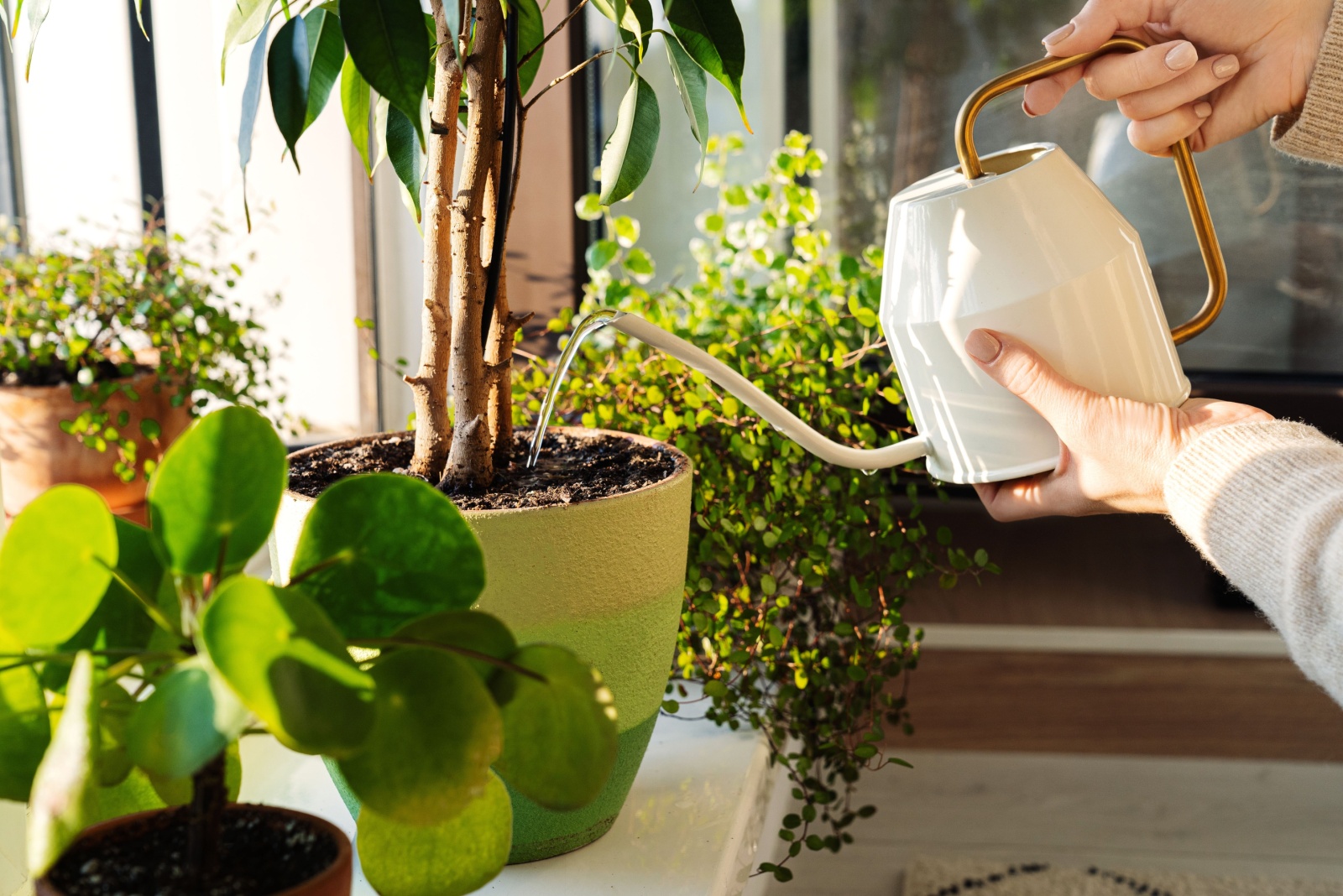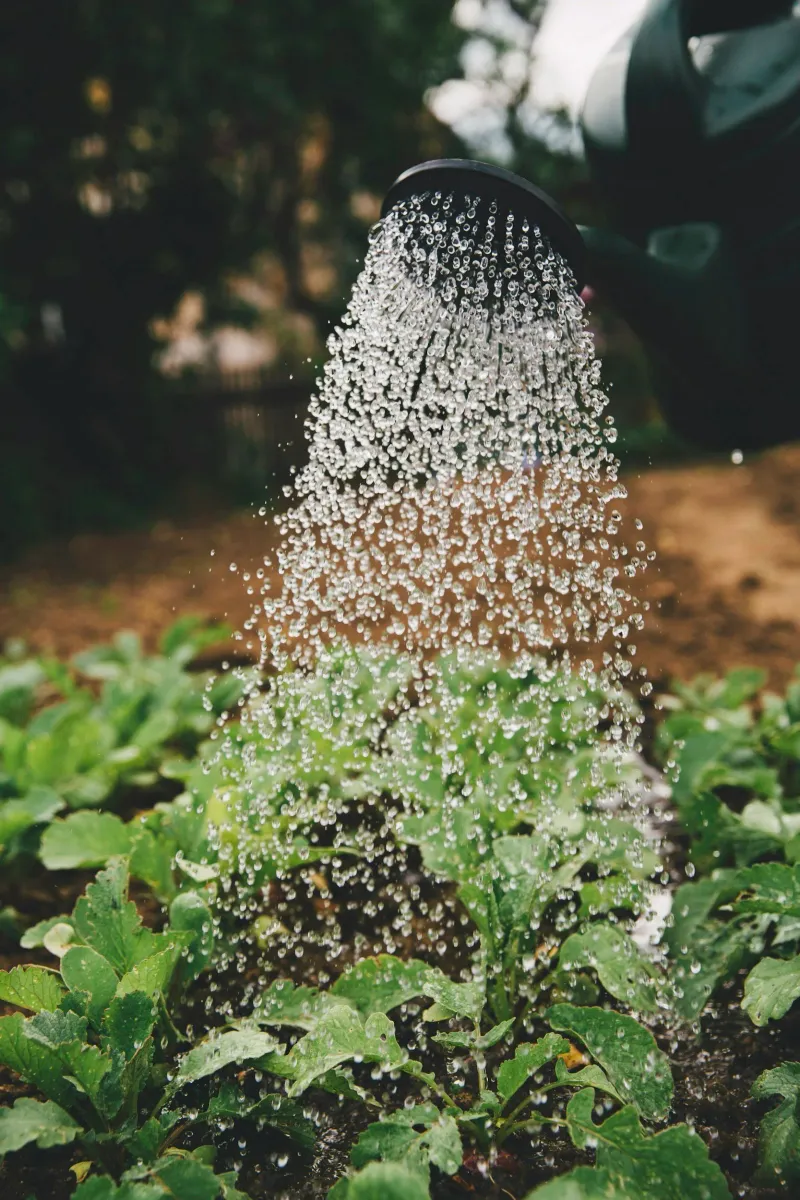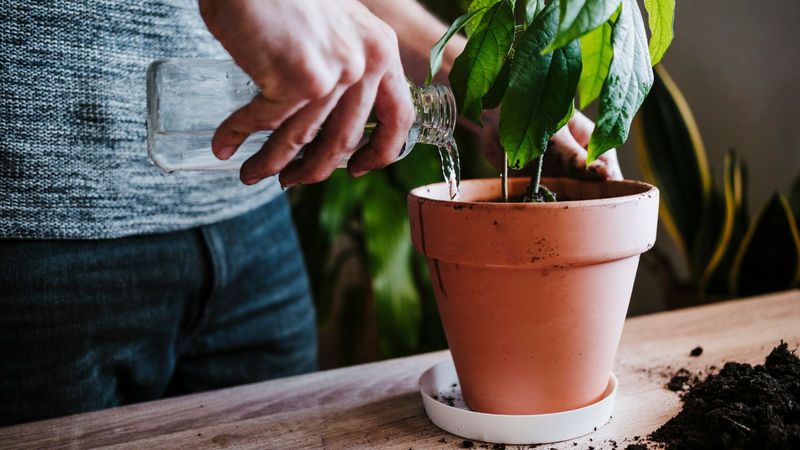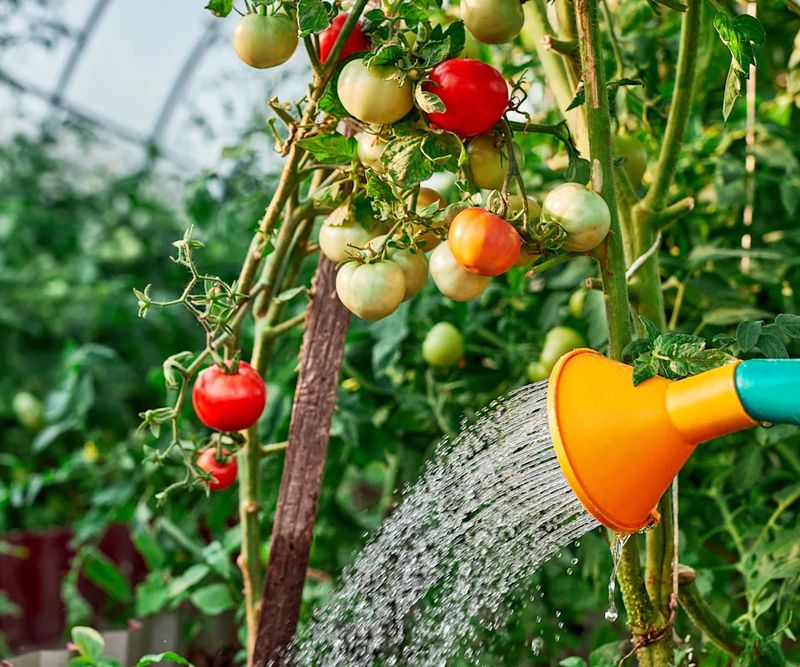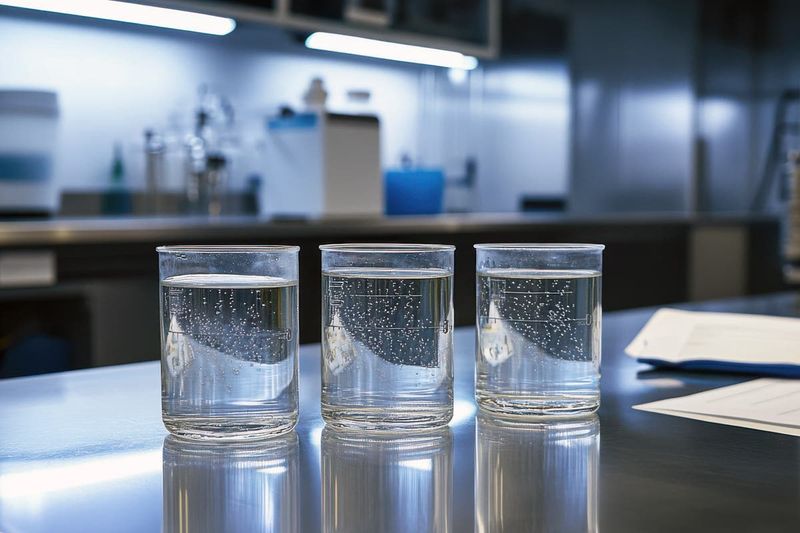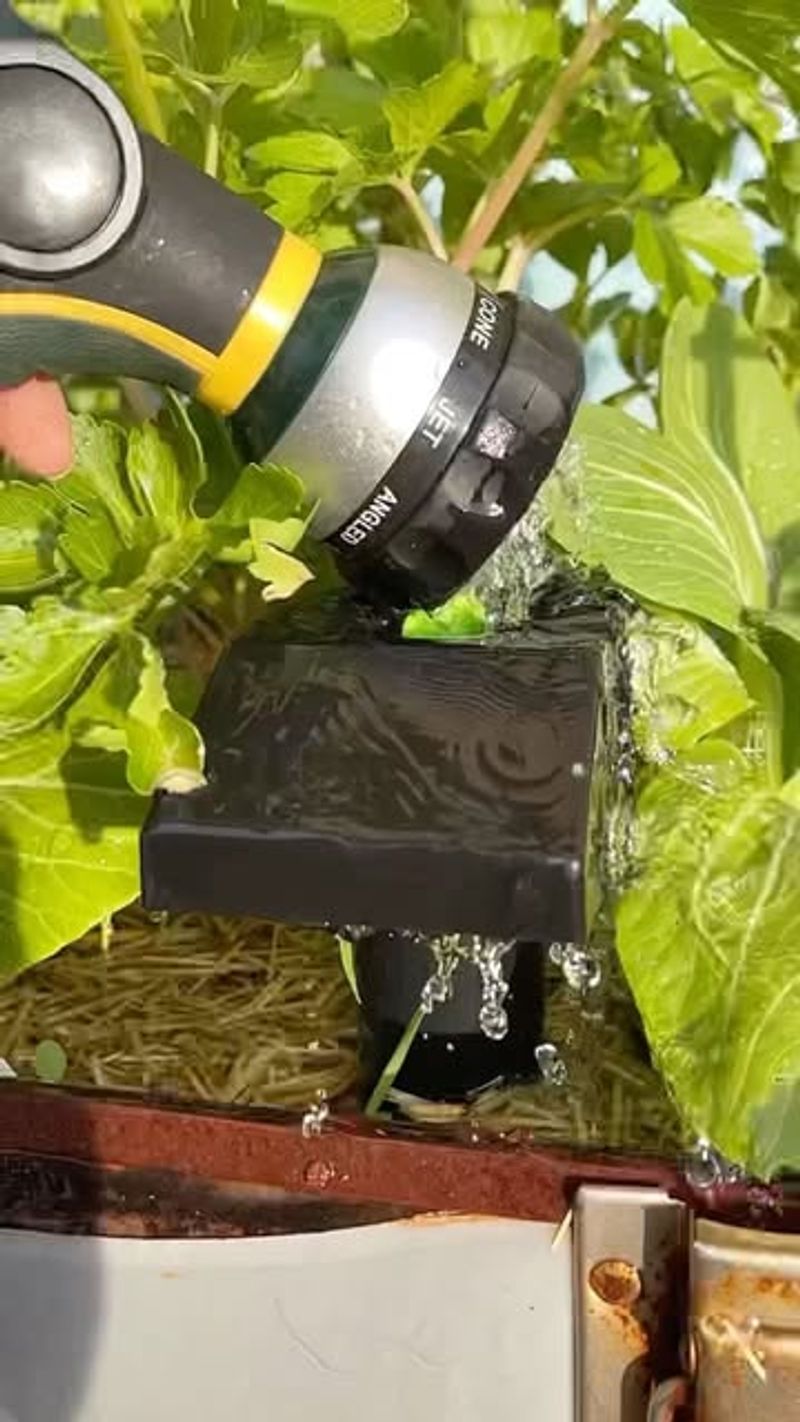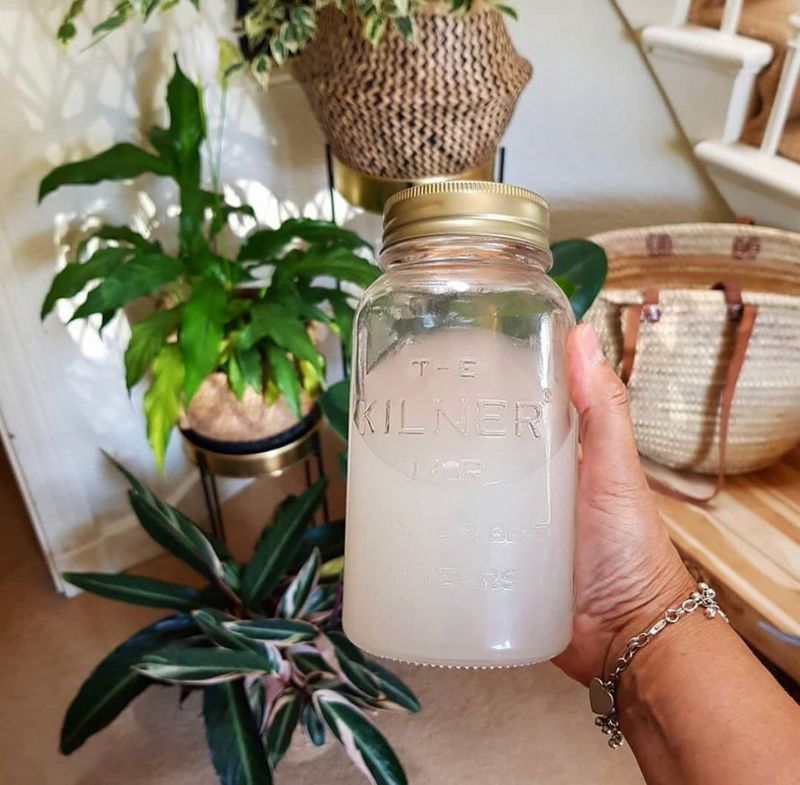In drought-prone California, saving water isn’t just smart—it’s vital. Every drop counts, especially when it comes to everyday habits. One easy way to help?
Reuse the water you’ve already used in the kitchen. That leftover pasta or veggie water is packed with nutrients your plants will love. Instead of sending it down the drain, pour it into your garden beds. It’s a simple swap that supports both your plants and the planet.
For California gardeners, this small change makes a big impact. You’ll nourish your soil while cutting back on waste. It’s practical, eco-friendly, and surprisingly effective.
1. Natural Nutrient Boost For Soil
Cooking water from vegetables contains valuable minerals like calcium, phosphorus, and potassium that plants crave. These nutrients leach out during the boiling process and become a free fertilizer for your garden beds.
In my experience growing tomatoes in Southern California’s clay soil, vegetable water has made a noticeable difference in plant vigor compared to using tap water alone. Your soil microbes will feast on these nutrients too, improving overall soil health.
Many California gardeners pay good money for fertilizers when this free alternative is literally going down their drains daily!
2. Water Conservation During Drought Seasons
Every gallon counts in California’s recurring drought cycles. By reusing cooking water, you’re practicing water conservation at its most practical level. A typical pot of pasta water represents about 2-3 gallons that would otherwise be wasted.
The math adds up quickly – if you cook pasta twice weekly, that’s potentially over 300 gallons saved annually. For me, tracking this water savings became a satisfying habit during our severe drought years.
Water restrictions often limit garden irrigation in California communities, making cooking water a valuable supplemental source that isn’t regulated by watering bans.
3. Starch Benefits For Flowering Plants
Pasta and rice water contain starch that breaks down into simple sugars in soil. These sugars feed beneficial bacteria and fungi that support plant growth, especially for flowering plants like roses and dahlias.
The starchy water creates a mild feeding effect that won’t burn delicate roots like chemical fertilizers sometimes can. Last summer, my backyard dahlias flourished when I started using leftover pasta water consistently.
California’s native plants and Mediterranean garden varieties respond particularly well to this gentle feeding approach, developing stronger blooms with more vibrant colors.
4. Temperature Benefits For Sensitive Plants
Cooled cooking water provides perfect temperature-controlled irrigation for heat-sensitive plants during California’s scorching summers. Unlike ice-cold tap water that can shock roots, cooking water that’s cooled to room temperature is gentler on plant systems.
This temperature advantage is particularly helpful for leafy greens like lettuce and spinach that struggle in our hot climate. I’ve kept my herb garden thriving through 100-degree days by using morning cooking water in evening waterings.
The slightly warm water also helps activate microbial activity in the soil, creating a more dynamic growing environment.
5. Reduced Tap Water Contaminants
Many California municipal water supplies contain chlorine and other treatments that aren’t ideal for garden plants. Boiling water for cooking naturally dissipates chlorine, creating a more plant-friendly irrigation source.
Hard water deposits that build up in soil from regular tap water are less problematic when using cooking water. This matters for acid-loving plants like blueberries and azaleas that struggle with our typically alkaline water.
For my container garden of strawberries, switching to cooking water eliminated the white mineral deposits that used to form on pot surfaces and improved fruit production noticeably.
6. Salt-Free Options For Edible Gardens
Unsalted cooking water from vegetables, pasta, and eggs provides clean irrigation for edible gardens without sodium buildup that can damage plants. California’s already salt-prone soils benefit tremendously from this salt-free alternative.
Just be sure to avoid using water from salted cooking processes. My vegetable beds produced noticeably better yields when I started directing my morning egg-boiling water to them instead of down the drain.
Tomatoes, peppers, and cucumbers – California summer garden staples – are particularly responsive to this regular feeding method without the salt concerns.
7. Economic Benefits For Water Bills
California water rates rank among the highest in the nation, especially in drought-prone regions. Every gallon of cooking water reused translates to direct savings on your monthly utility bills while supporting your garden’s health.
The cumulative effect becomes significant – a family of four could easily save hundreds of gallons monthly. When water restrictions triggered tier pricing in my community last year, my cooking water reuse habit kept us from hitting the expensive upper rate brackets.
This simple practice creates a win-win: financial savings for your household and environmental benefits for water-stressed California.

